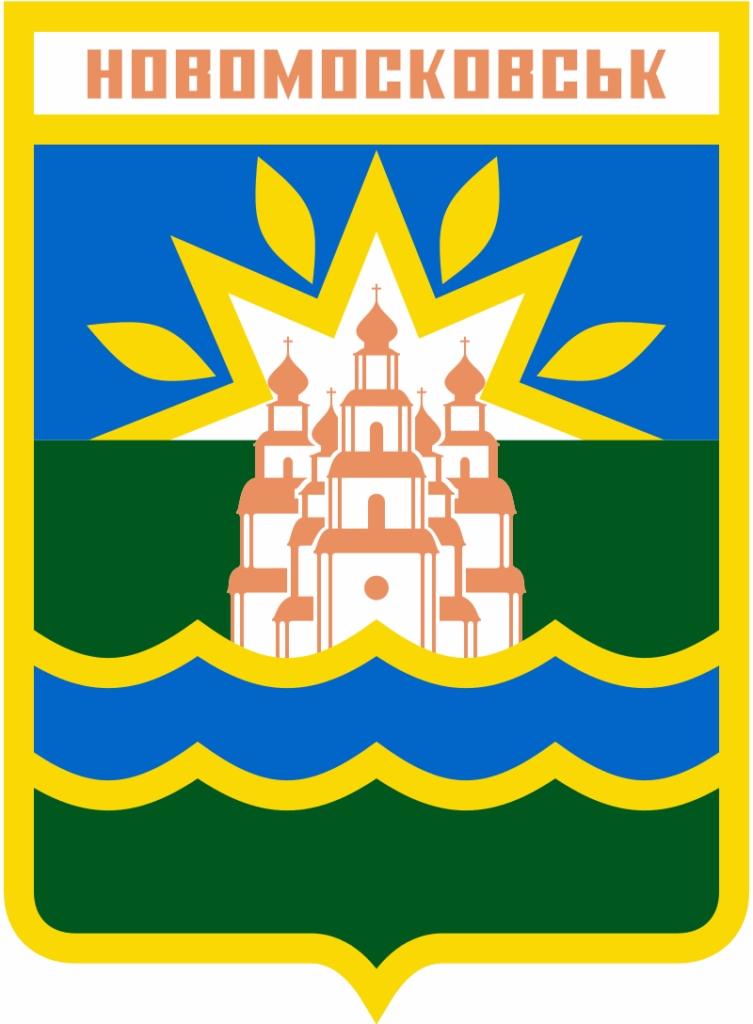
It is planned to donate some ES-Mini systems to inhabitants and organisations in Samar.
We start with 10 systems, one of them having a UPS, the others without. Later larger systems or more UPS may follow.
We have four involved parties:
- (D) the Donator
- (G) a German charity organisation buying the systems, organizing the transport and maintaining contact to (U)
- (U) a local Ukrainian charity organisation which selects the recipients; the process of selecting reciopients can take place in cooperation with local authorities of Samar
- (R)s the Recipients who will install and operate the systems. These may be official institutions like schools or kindergartens, privat eorgansiations like factories or individuals needing help.
The process is as follows
(D), (G) and (U) agree on a rough plan like the number of systems and the target group of recipients
(D) explains details to (G) like what to buy, where to buy the systems.
(G) clarifies the financial conditions (no VAT payment in Germany and in Ukraine, no customs) and transport conditions (time schedule, weight, volume, route, …)
(U) clarifies that it is legal to connect the ES-mini systems to the local grid within a building. Certificates of the inverters can be found on the web pages of Growatt. The assumption is that for such small systems it is not necessary to undergo administrative procedures and that it is not necessary to install metering devices. (This would probably be different for larger systems).
(D) sends a Google sheet to (G) and (U) which will be used to describe the recipients and the systems to be installed.
(G) and (U) check if used solar panels are available from other sources.
(U) finds out at what price solar panels could be bought locally (should be around 50€ for 420W)
(U) selects possible (R) and informs them about the necessary cooperation like having a suitable roof, picking the system up at the premises of (U), mounting the panels, installing the inverter, connecting the cables, using a dedicated new email address for the monitoring of the system, connecting the system via the local WiFi to the Web using the new email account.
(U) checks if public authorities can help with transporting the systems from (U) to (R)s, helping the (R)s during installation with advice etc.
(R)s describe their electricity demands, send photos of their premises to (U).
Each (R) must describe how and where he will mount the panels. All panels must face the same direction and must have free access to sunlight.
Each (R) must explain where he will put the inverter and how the cables will be drawn from the panels to the inverter.
The (R)s need to understand that ES-Mini systems will only produce solar energy when connected to the grid. If the grid is down a UPS box (if available) could provide electric energy for some time.
(R)s must have some basic knowledge of English so that communcation is possible if problems come up during installation or operations.
(U) selects suitable (R)s and puts them on the list, attaches the photos to the list. (U) creates a ranking within the list. The list may contain more than 10 (R)s; it may also contain (R)s who would need a larger system than ES-mini.
(D), (G) and (U) discuss the list and take the final decision who will receive a system.
(D) donates the required money to (G).
(G) will issue a doination receipt which is accepted by German tax authorities.
(G) buys the systems in coordination with (D). The inverters are individually assigned to each (R) (the parcels contain the serial number of the inverter on the outside).
(G) organizes and conducts the transport.
(U) confirms the reception and informs the (R)s
(R)s install the systems and connect them to the web
(D) checks that the systems can be monitored voa the web and publishes their energy yield on easy-solar.eu
(R)s join a discussion forum which (D) will provide. So they can shar etheor experiences.
(U) and (G) publish the results of the donation action.
(G) and (D) try to find more sponsors to extend and replicate the model.